Re:ORIZURU FANO
Camino Co.,Ltd. × NPO Hull Pong × Hiroshima City University Faculty of Arts V.C.Design Nohjima Labo
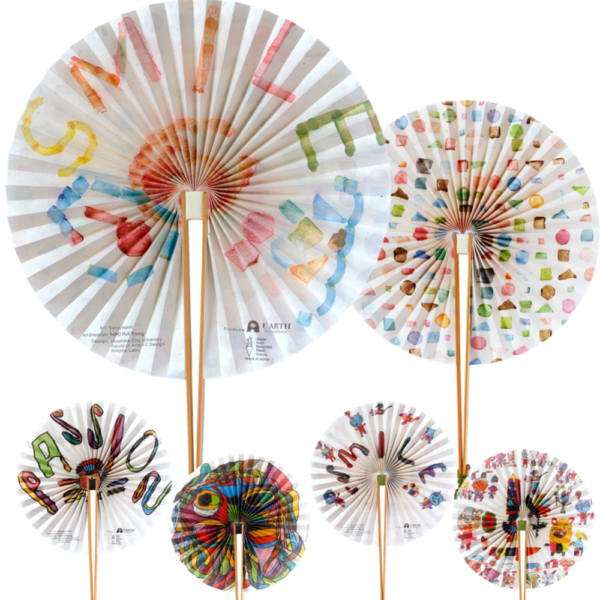


Re:ORIZURU is a series of products made with recycled orizuru paper cranes, sent to Hiroshima Peace Memorial Park from all over the world.
 Orizuru paper cranes
Orizuru paper cranes Recycled paper made from orizuru
Recycled paper made from orizuru Recycled orizuru items
Recycled orizuru itemsThe key words are: ①Eco, ②People-friendly, and ③Peace.
Knowing, buying, using, spreading, and getting involved will lead to these keywords.
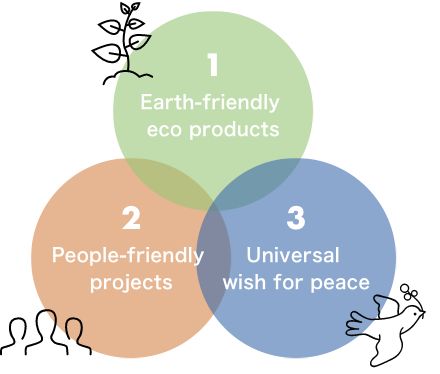
The story of a girl exposed to the atomic bombing in Hiroshima and her orizuru paper cranes struck hearts around the world, and even now, more than half a century later, millions of orizuru are sent to Hiroshima annually from across Japan and the world. Each of these orizuru paper cranes holds a wish for peace.
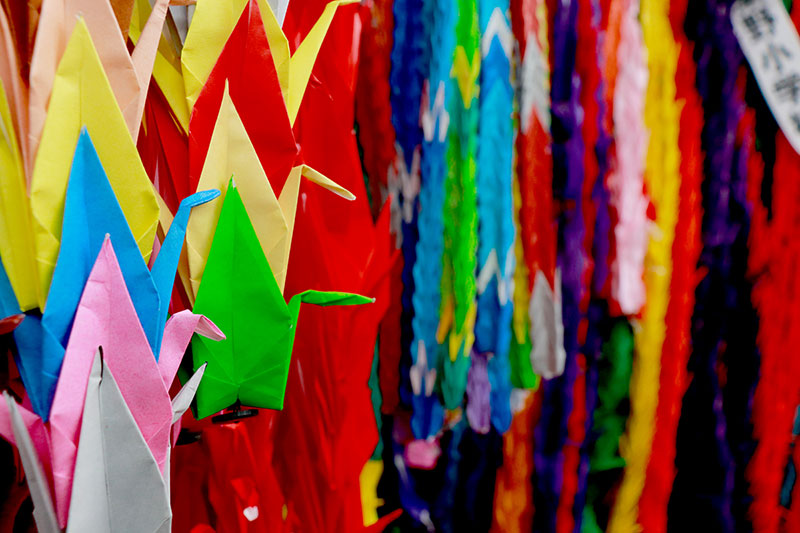
Around ten tons of orizuru paper cranes are delivered to Hiroshima each year. In order to pass these paper cranes to the future as a resource containing our wishes for peace, they’re recycled, with new design value added so that they can be passed on to many people.
These recycled orizuru paper crane items are eco products based on “ethical consumption,” which is gaining attention around the world
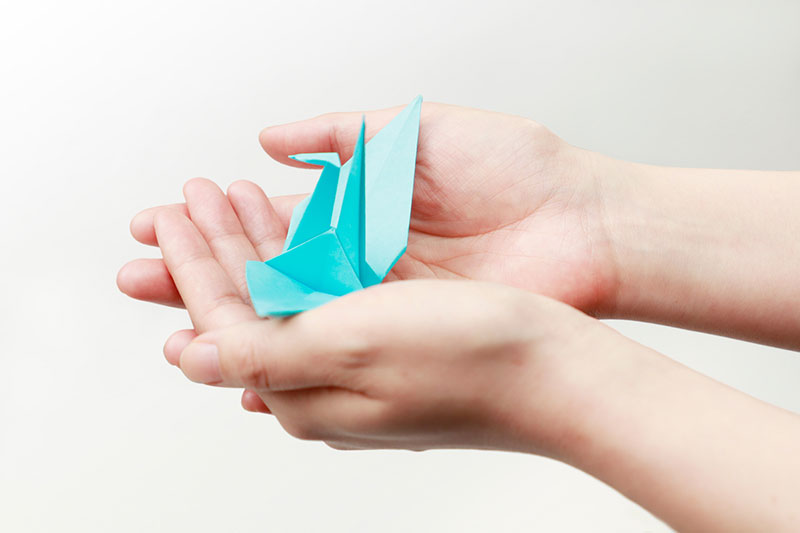
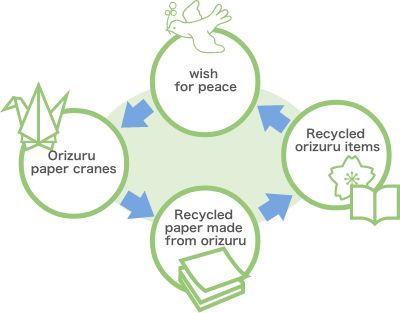
After being stored for a certain period of time, orizuru paper cranes sent to Hiroshima are brought to vocational workshops. There, the cranes are unfolded one by one, sorted by color, and dissolved in water to be reborn.
The process of creating “Re:ORIZURU” involves a diverse group of people, including creators who give new design value to the paper cranes, manufacturers who give them shape, employment support facilities, people with disabilities, housewives who have difficulty working outside the home, and others who utilize their own strengths and abilities.
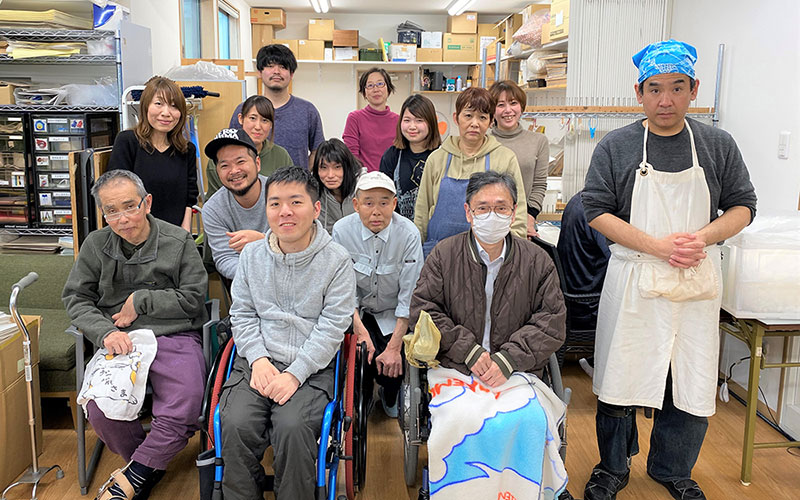
We transform “recycled paper made from orizuru paper cranes” into goods that can be delivered inside and outside Japan, creating employment by making them available to a wide range of users.
Hiroshima, a symbol of peace, is the largest tourist destination in the Chugoku and Shikoku regions, with the “Atomic Bomb Dome” World Heritage Site drawing many overseas visitors. Once it was said that no plants would grow in Hiroshima for 75 years, but now Hiroshima has recovered from its devastation, becoming a green and flourishing city. Orizuru, which enclose Hiroshima’s history and wishes from all over the world, are turned into orizuru recycled paper goods to pass down to the next generation for a brighter future.
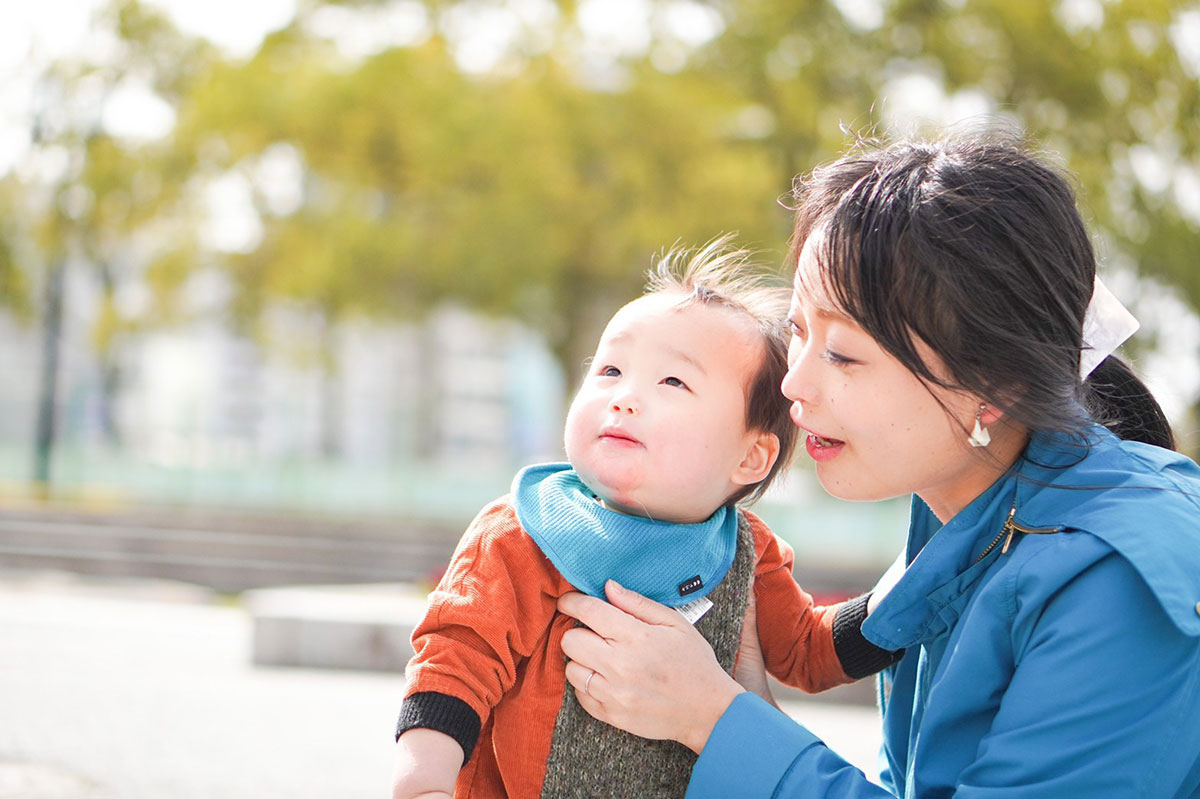
The “OneEARTH Project,” a participatory project to support the development and dissemination of vaccinex for Covid-19, was implemented, and all profits from the sales of the project were donated.

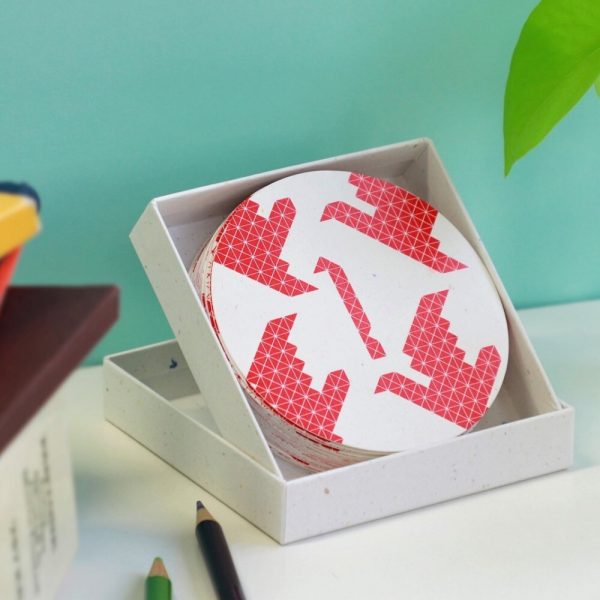
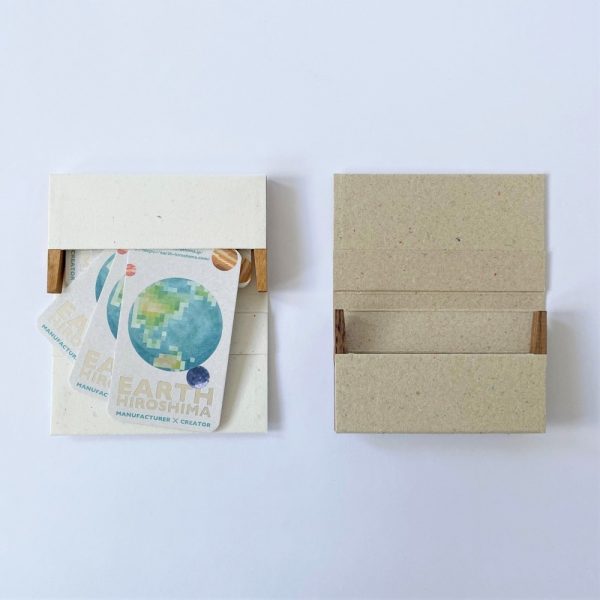
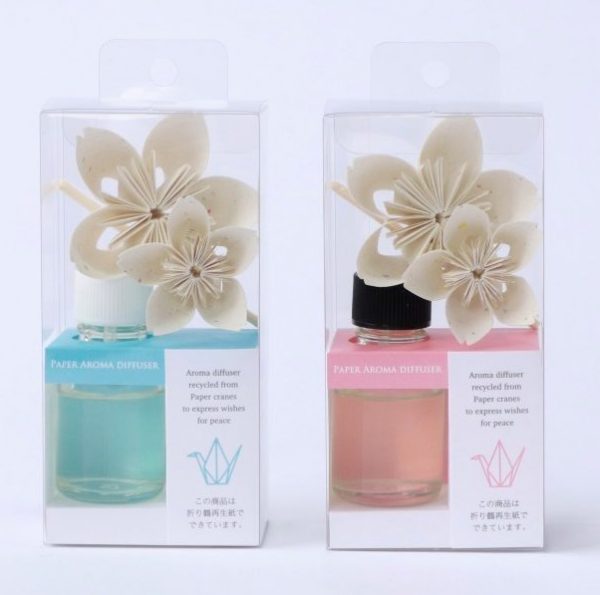
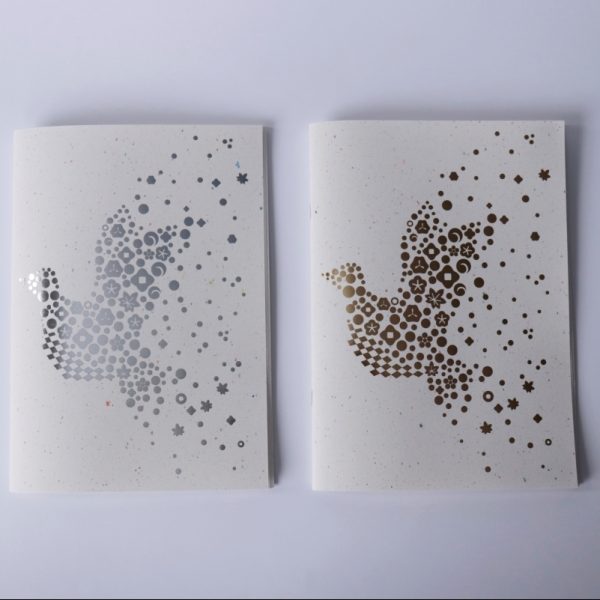
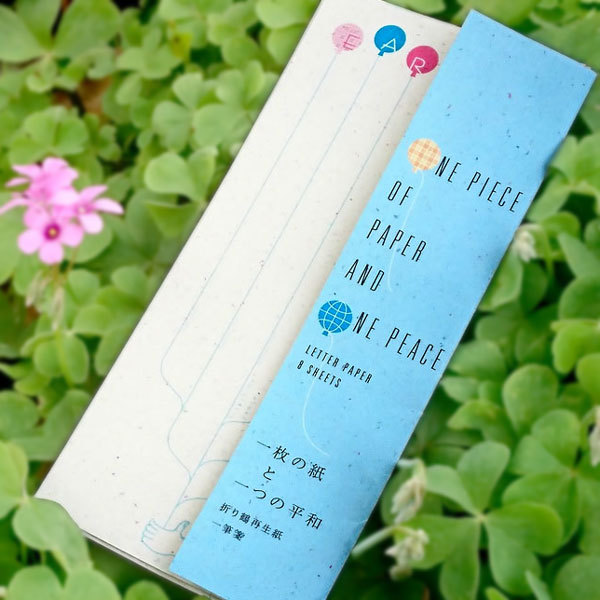
On August 6, 1945, the atomic bomb was dropped.
Exposed to radiation, a girl named Sadako Sasaki developed leukemia.
She received paper cranes as a sympathy gift,
and began folding a thousand orizuru paper cranes, hoping for her recovery.
As she fought the disease, she continued folding paper cranes.
However, her life came to a close when she was only 12 years old.
Since then, orizuru have taken on a special meaning as a symbol of peace.
To allow the prayers and wishes enclosed in the orizuru paper cranes
to be transformed and passed down to the next generation,
the initiative to revive the paper cranes as “recycled paper cranes” was launched.